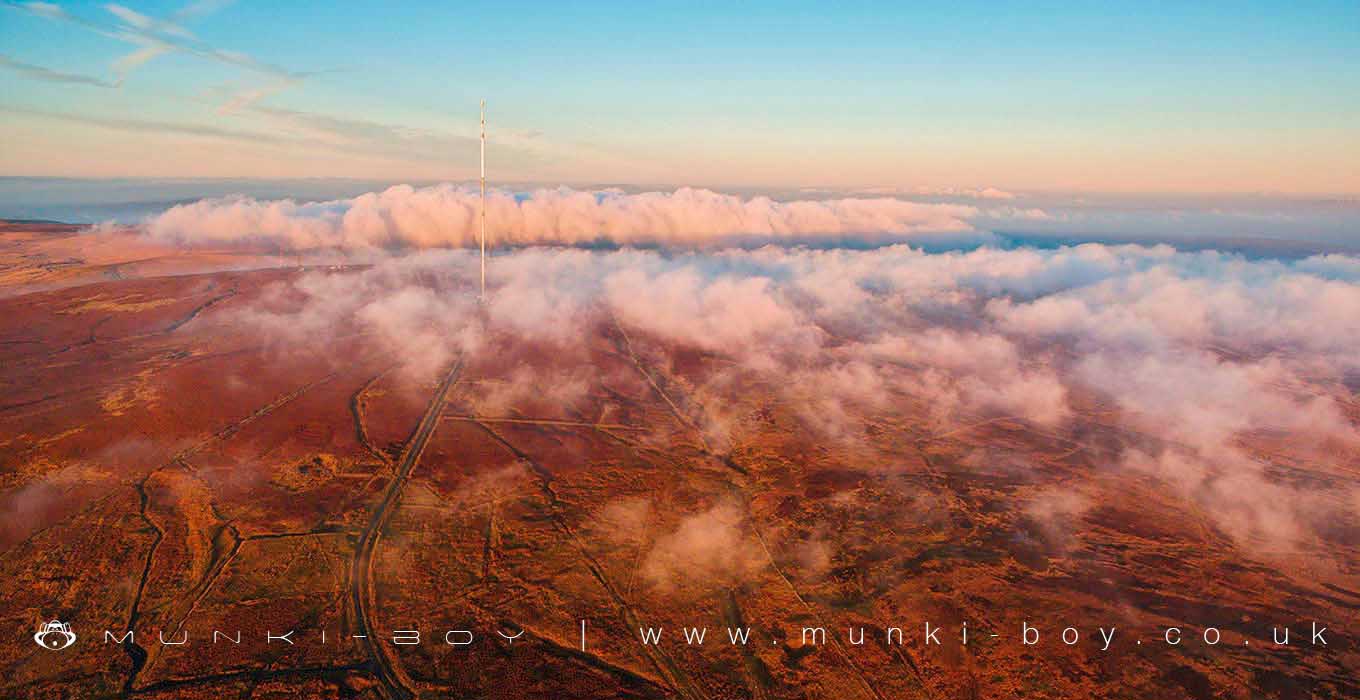
Winter Hill by munki-boy
West Pennine Moors
The West Pennine Moors SSSI supports an extensive mosaic ofupland and upland-fringe habitats.It is of special interest for the following nationally important features that occur within and are supported by the wider habitat mosaic:
- blanket bogs
- wet and dry heathlands
- acid and lime-rich flushes
- rush pastures and mire grasslands
- acid grasslands
- neutral hay meadows and pastures
- wet and dry broadleaved woodlands and scrub
- diverse assemblages of upland moorland, in-bye and woodland breeding birds
- breeding black-headed gulls Chroicocephalus ridibundus, Mediterranean gulls Larus melanocephalus and grey herons Ardea cinerea
- populations of starry lady’s-mantle Alchemilla acutiloba, large-toothed lady’s-mantle A. subcrenata and floating water-plantain Luronium natans
The West Pennine Moors comprise three distinct areas of moorland bordered by major roads to the west and east, stretching from Horwich and Bolton in the south to Darwen in the north and to Haslingden and Ramsbottom in the east. Whilst geologically a continuation of the Millstone Grit series of the main Pennine range of uplands, it is physically separated from the South Pennines by the Irwell Valley. The area still retains the traditional Pennine character of open moorlands, from which streams descend into wooded cloughs, pastures and meadows, whilst being distinctive in character as a result of its western-oceanic influence and lower altitudes. Once the major source of income, agriculture is now fragmented by the built environment, industry and housing. This is a landscape of upland livestock farming and traditional field boundaries on large estates set against the strong urban character of many densely-populated nearby towns. The high rainfall and numerous streams running from the uplands made the area important as a supply of drinking water to the nearby conurbation of Greater Manchester. The many rivers and streams also led to the area’s prominence in the industrial revolution, with the valleys supporting many textile and other mill industries, as well as mining and quarrying. Industrialisation has left its mark on the West Pennine Moors, most noticeably the chain of reservoirs nestling between the moorland blocks, which now provide key habitat forbids, and the legacy of historic air pollution that has left many of the upland habitats lacking in species diversity.
Created: 15 May 2020 Edited: 29 November 2023
Misty Sunset on Winter Hill
Turton and Entwistle Fossil Found!
West Pennine Moors SSSI Details
Type: SSSI
West Pennine Moors
West Pennine Moors LiDAR Map
Contains public sector information licensed under the Open Government Licence v3.0
Local History around West Pennine Moors
There are some historic monuments around including:
Steam tramway reversing triangleRound cairn on Winter HillCoking ovens and associated coal workings on Aushaw Moss 450m south west of Lower HouseRound cairn 280m west of Old Harpers FarmRound cairn on Noon HillStone circle, ring cairn and two round cairns on Cheetham Close.



